Think your food scraps belong in the compost? Think again. With just a bit of curiosity and barely any tools, you can turn what most people throw away into thriving plants—right on your windowsill or balcony. From forgotten carrot tops to avocado pits, these little leftovers have big potential.
Some of these unusual growing methods might sound like old wives’ tales, but they actually work—and gardeners are loving the results. Whether you’re dealing with limited space, zero gardening skills, or just want to try something different, these quirky techniques are a fun way to stretch what your kitchen (and nature) already gave you.
You won’t need fancy pots, fertilizer, or even soil for many of these ideas. In fact, some of the easiest plants to regrow start in nothing more than a jar of water or a damp paper towel. Ready to turn yesterday’s trash into tomorrow’s salad, spice rack, or indoor jungle?
Regrowing Green Onions
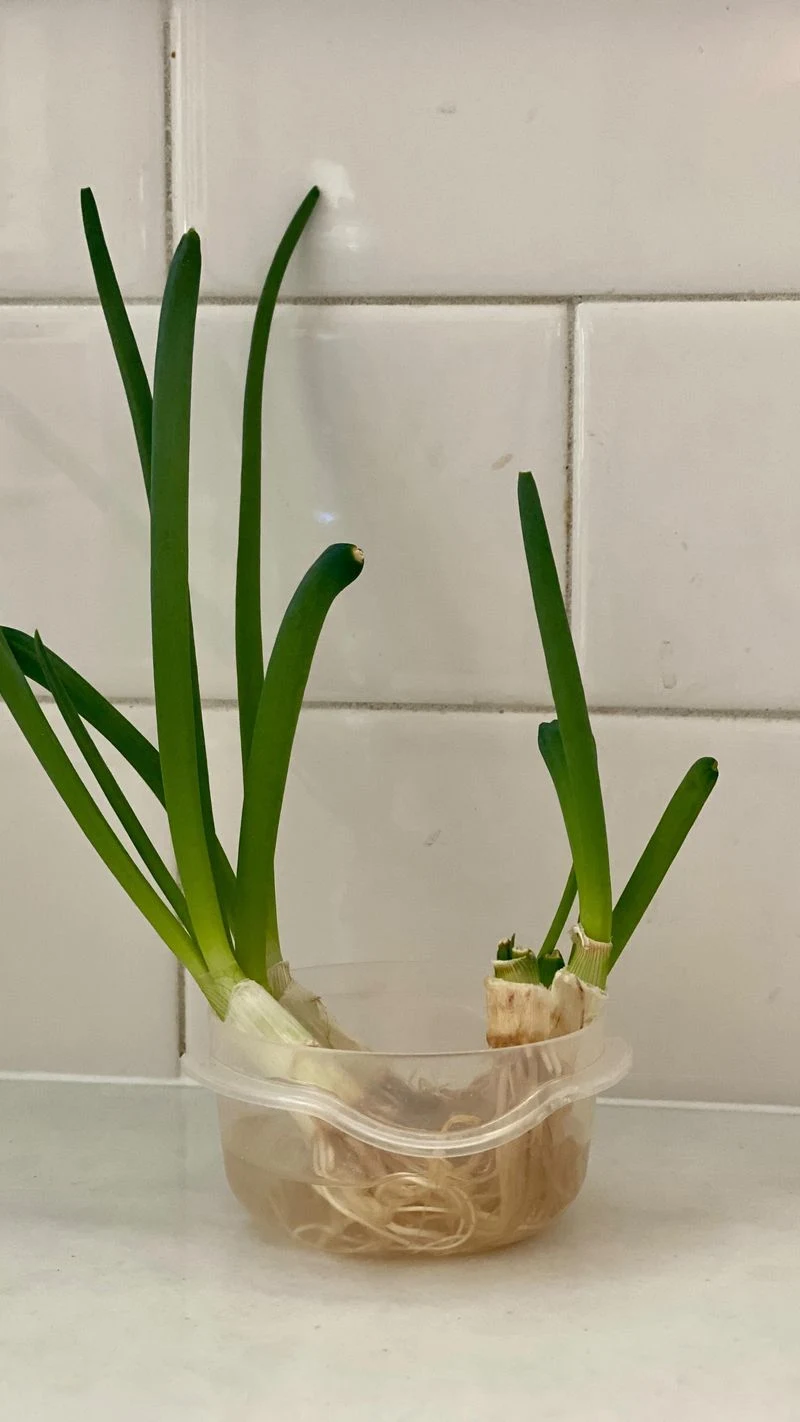
Who knew that the humble green onion could be a gift that keeps on giving? Simply place the white bulbous end with roots in a glass of water, and watch as new shoots emerge within days. It’s an effortless way to spice up your dishes while keeping your grocery bill in check. Change the water every few days, and behold the wonders of nature! This method not only provides fresh garnish but also adds a hint of greenery to your kitchen. It’s a sustainable practice that turns today’s waste into tomorrow’s flavor.
Avocado Seed to Tree
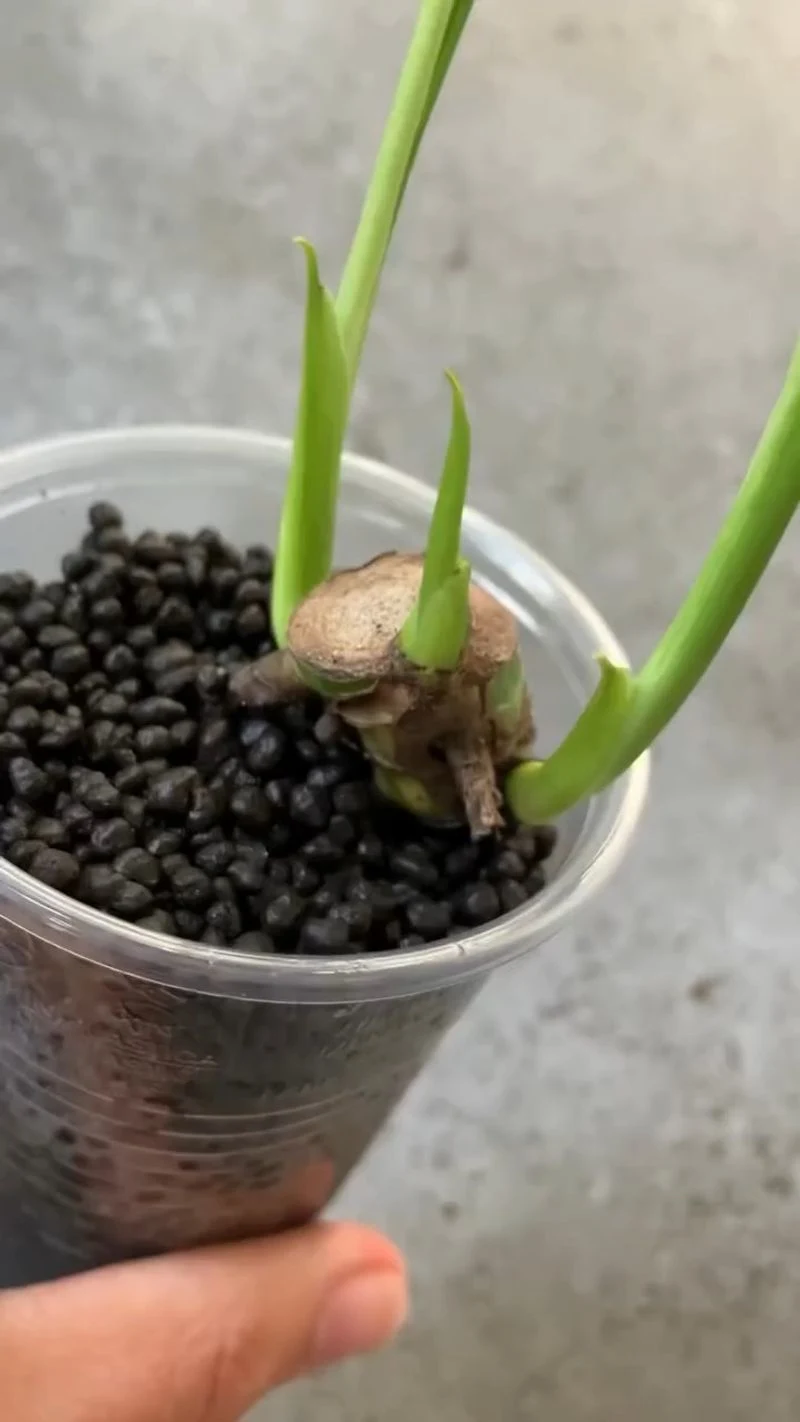
Ever wondered what to do with that giant seed inside an avocado? Suspend it halfway in a glass of water using toothpicks, with the broad end submerged. Soon, roots will appear, followed by a sprout reaching towards the sun. This transformation is nothing short of magical, offering a glimpse into the life of a future tree. Though it may take years to bear fruit, the journey is rewarding and connects you to the plant’s lifecycle. An engaging project for both young and old, it promises more than just guacamole.
Pineapple Top Revival

Before discarding that pineapple’s crown, think twice! By planting the top in well-draining soil and keeping it under bright, indirect sunlight, you can cultivate a striking ornamental plant. Though fruit may take a couple of years to appear, the foliage provides an exotic touch to your garden or balcony. This quirky method brings a slice of the tropics right to your doorstep, blending utility with aesthetics. Plus, it’s a conversation starter that’s sure to intrigue your visitors.
Romaine Lettuce Revival

Romaine lettuce has more to offer than just crunchy salads. Place the remaining base in a shallow dish of water, and watch as new leaves sprout from the center. It’s a quick and rewarding way to enjoy extra greens without a trip to the store. Change the water regularly and ensure sufficient sunlight for optimal growth. The process is not only fascinating but also a testament to the resilience of plants. A wonderful experiment for curious minds, it offers fresh produce from leftovers.
Carrot Tops Sprouting
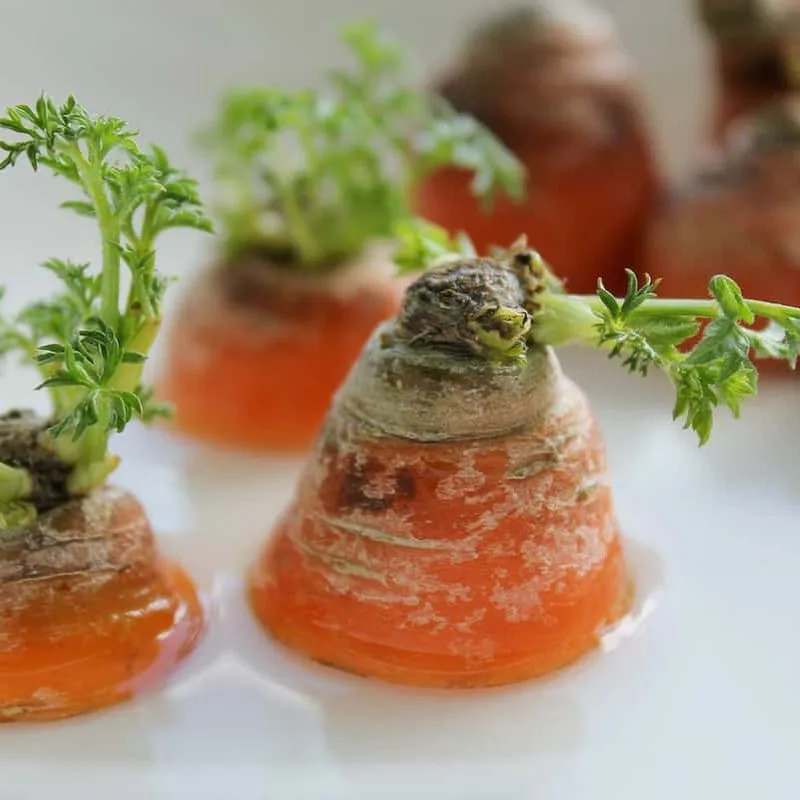
Don’t toss those carrot tops away! Instead, place them in a shallow dish of water, and they will soon sprout delicate green leaves. While the tops won’t grow into new carrots, they make delightful additions to salads and garnishes. This simple practice not only prevents waste but also adds nutrition and flavor to your meals. A delightful introduction to gardening for children, it offers a hands-on lesson in sustainability. It’s amazing what a little water and sunlight can achieve.
Garlic Clove Planting
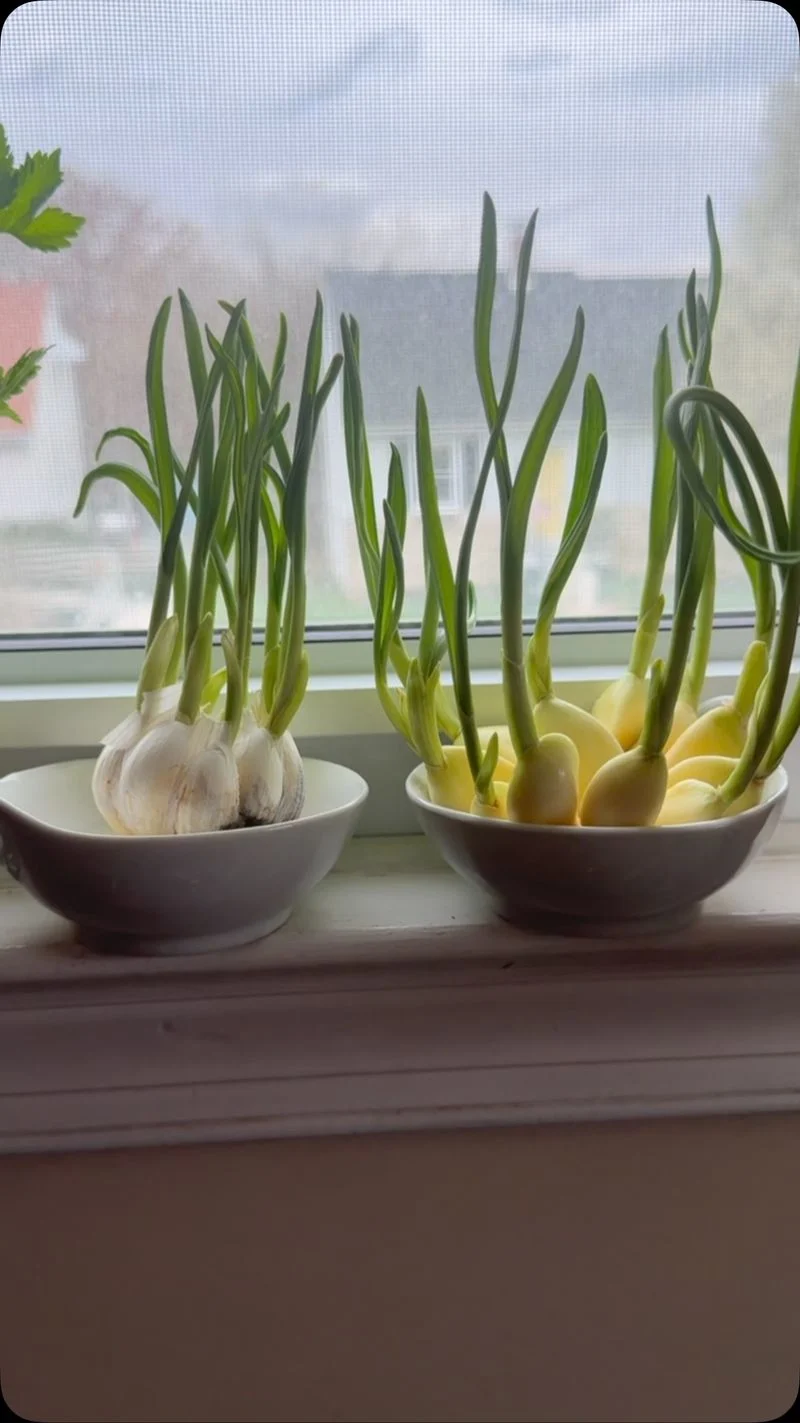
Garlic lovers, rejoice! Planting a single clove in soil can yield a whole new bulb. Place it root-side down in a pot, cover lightly with soil, and wait for shoots to emerge. The green sprouts are not only attractive but can be used like chives to enhance your culinary creations. A small pot on your windowsill is all you need to embark on this fragrant journey. It’s a rewarding way to experience the full cycle of growth, from clove to bulb. With patience and care, fresh garlic can be at your fingertips.
Celery Base Regrowth

Celery’s crisp stalks might be the star of the show, but the base has untapped potential. Place it in shallow water, and new growth will soon emerge from the center. This method offers fresh, flavorful stalks without a trip to the market. It’s an economical way to keep your kitchen stocked while reducing waste. Regular water changes and ample sunlight ensure success. The joy of witnessing regrowth from remnants highlights nature’s ingenuity, providing continuous harvests from humble beginnings.
Sweet Potato Vine Creation
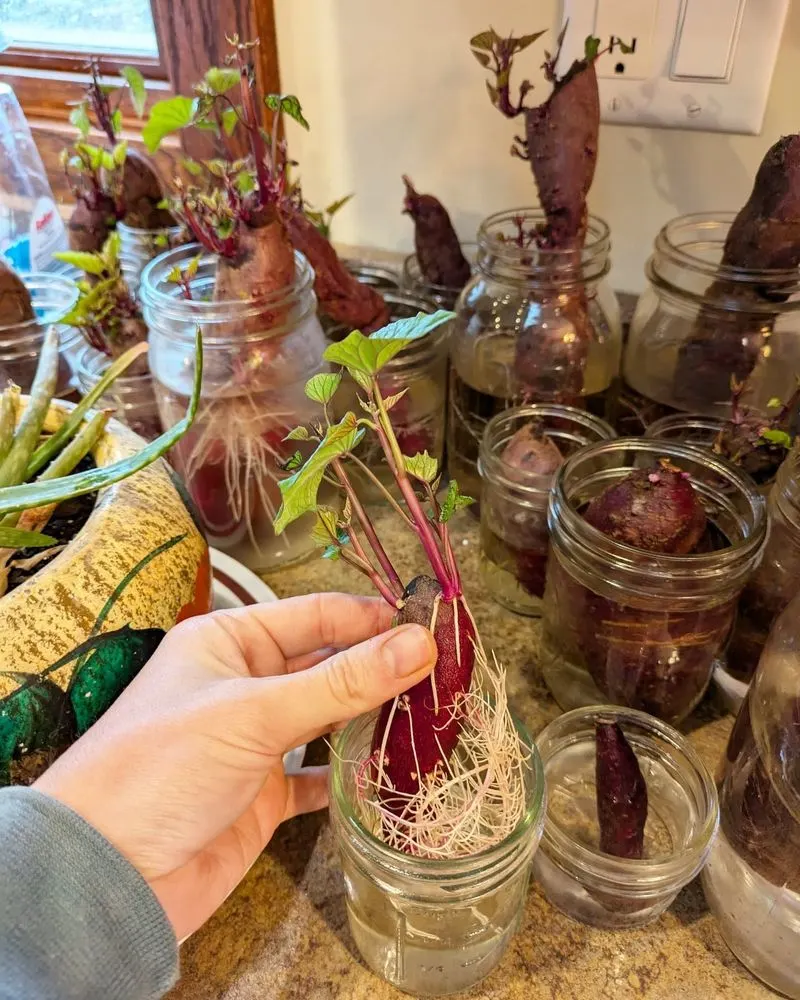
Sweet potatoes are not just for pies and fries. Suspend a healthy tuber in water, and soon you’ll witness vine growth that can transform any space. These lush vines not only beautify your home but can also be planted outdoors for a harvest of new tubers. The process is a perfect blend of aesthetics and functionality. It’s a creative way to enjoy greenery and gain a deeper appreciation of this versatile vegetable. A conversation piece in any setting, it invites admiration and curiosity alike.
Regenerating Ginger

Ginger’s warmth and zing are familiar flavors, but did you know it can be regrown from a piece of root? Place the knobby root in soil, and soon shoots will emerge, bringing the spice back to life. It’s an easy way to ensure a constant supply of ginger for your favorite dishes. The process is simple yet rewarding, offering both culinary satisfaction and visual appeal. Whether you’re a seasoned chef or a curious gardener, this method provides a fresh perspective on a kitchen staple.
Potato Peel Planting
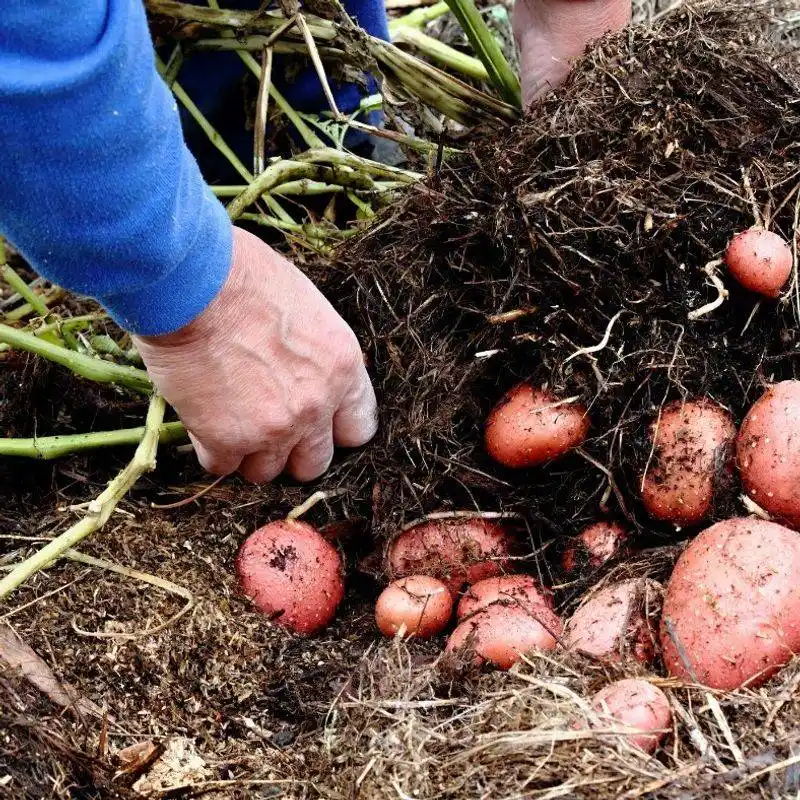
Those potato peels with eyes are more than just scraps. Plant them in soil, and watch as they transform into lush plants. This method provides an endless supply of potatoes, making it a gardener’s delight. It’s a testament to nature’s ability to regenerate, offering sustenance from scraps. Whether you have a sprawling garden or a tiny balcony, this technique brings the joy of potato cultivation within reach. Embrace the cycle of growth and harvest, discovering the potential in every peel.
Strawberry Seeds from Scraps
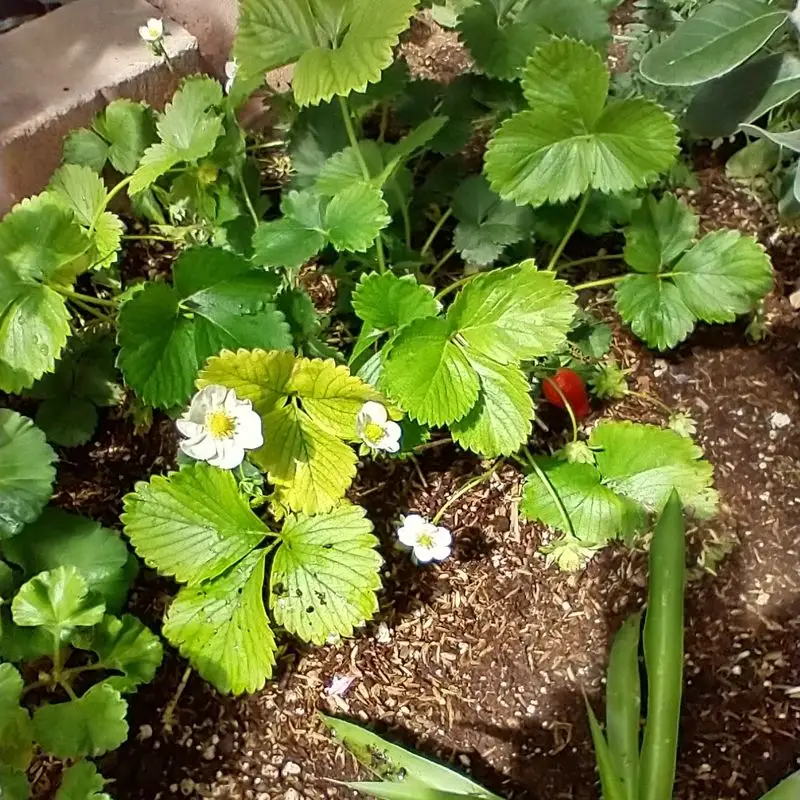
Even the sweetest strawberries have more to offer than meets the eye. Scrape the seeds from the fruit’s surface, dry them, and plant in soil to grow new plants. This method brings the potential of fresh strawberries right to your doorstep, perfect for those with a passion for berries. While it requires patience, the reward of home-grown fruit is unparalleled. The joy of nurturing a plant from seed to fruit is a fulfilling experience, celebrating both flavor and growth.
Basil Stem Propagation
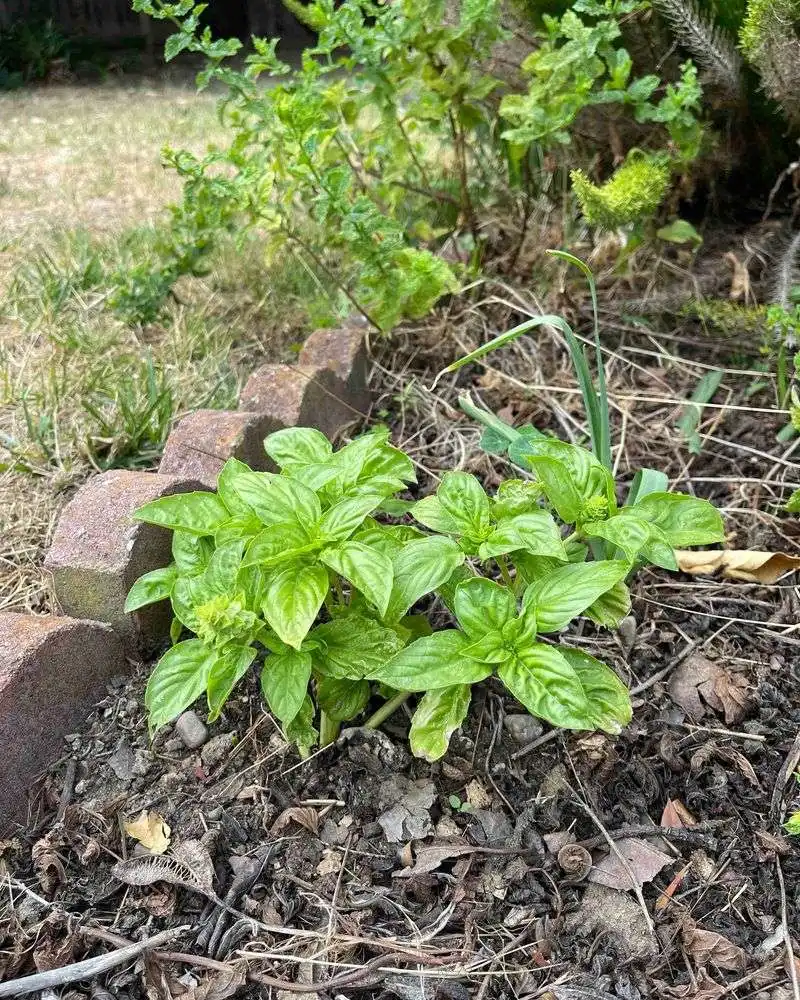
Basil lovers, rejoice! By cutting a healthy stem and placing it in water, you can cultivate a new plant. This practice not only provides fresh herbs but also fills your kitchen with an enticing aroma. It’s a simple way to enjoy an endless supply of basil, enhancing both your cooking and your living space. Root growth occurs quickly, making it a rewarding project for any herb enthusiast. The process is a beautiful blend of scent, sight, and flavor, celebrating freshness at its finest.
Regrowing Fennel Fronds
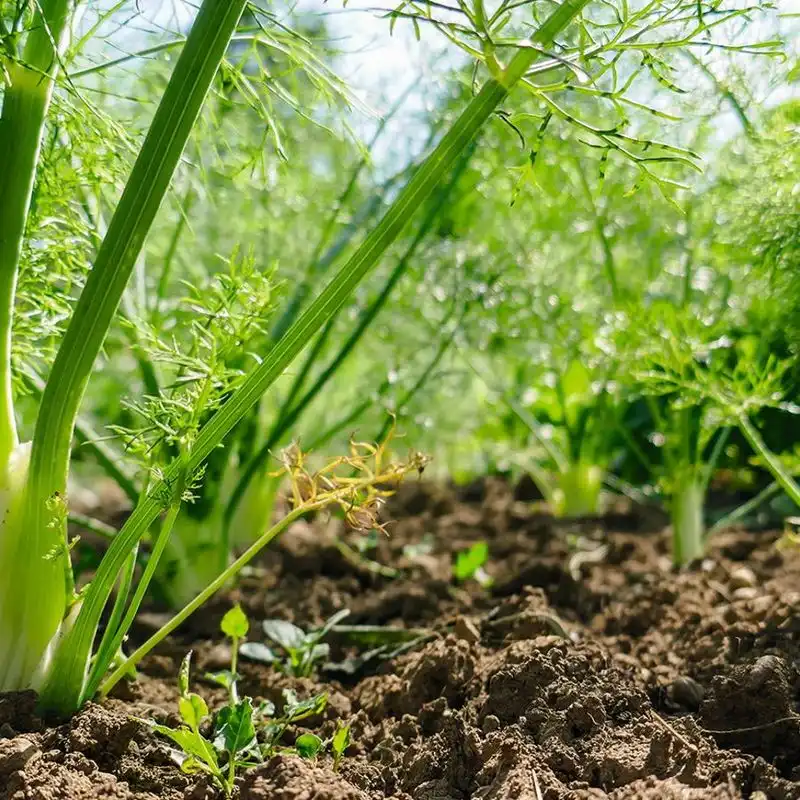
Fennel’s fronds are more than just garnish; they’re a gateway to an endless supply of flavor. Place the base in water, and new fronds will soon emerge, ready to elevate your culinary creations. It’s a sustainable way to enjoy fennel without continual purchases. The delicate fronds add a touch of elegance to any dish, and the growing process is a visual delight. Whether you’re crafting soups or salads, the fresh taste of home-grown fennel enhances every meal. A testament to nature’s generosity, this method redefines kitchen waste.
Cilantro Stem Revival
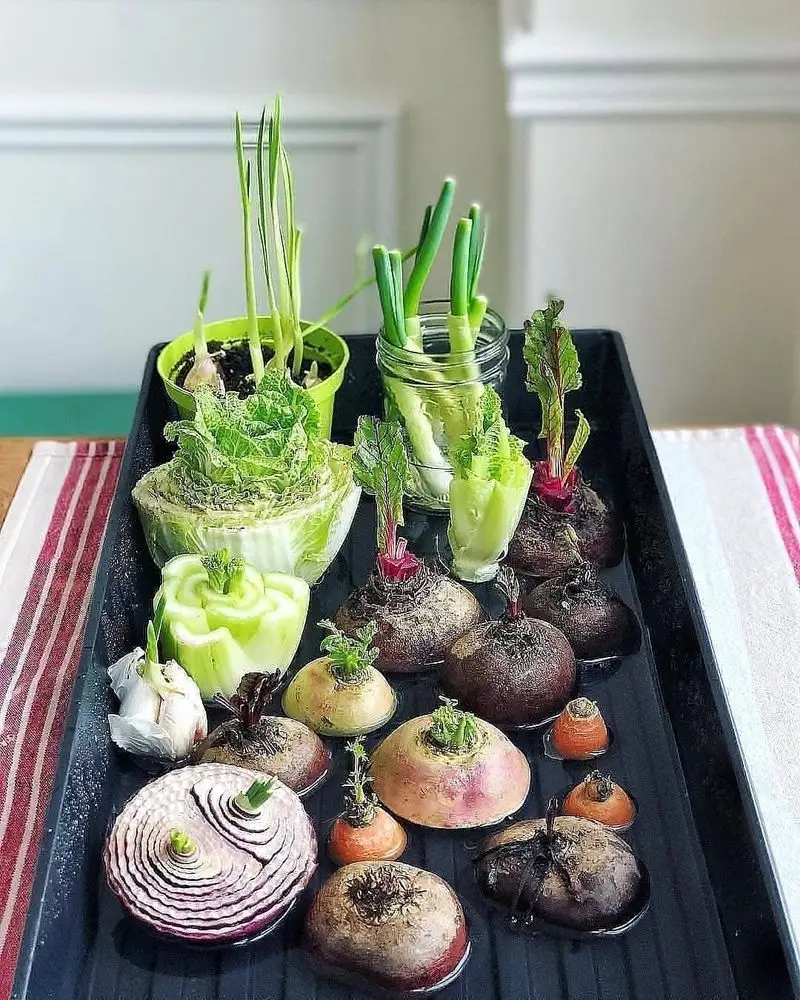
Cilantro’s vibrant leaves are a culinary favorite, but the stems hold the secret to regrowth. Place a few healthy stems in water, and watch as they sprout roots, ready to be transplanted into soil. This method guarantees a continuous supply of fresh cilantro, enriching your dishes with its unique aroma. It’s an engaging way to explore the cycle of growth, connecting you with the plant’s lifecycle. The satisfaction of harvesting your herbs is unmatched, turning kitchen scraps into kitchen staples.
Lemon Seed Experiment

Lemons are more than just a zesty addition to your meals; their seeds hold the key to future trees. Plant them in soil and witness the miracle of life as sprouts emerge. Though it takes time to grow into a tree, the process is both educational and rewarding. It’s a journey from seed to plant, offering insight into nature’s cycles. For those with patience and a bit of space, this experiment is a fruitful endeavor. The joy of cultivating a plant from seed adds zest to any gardener’s life.

